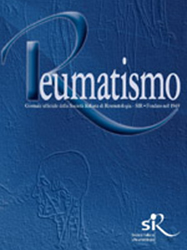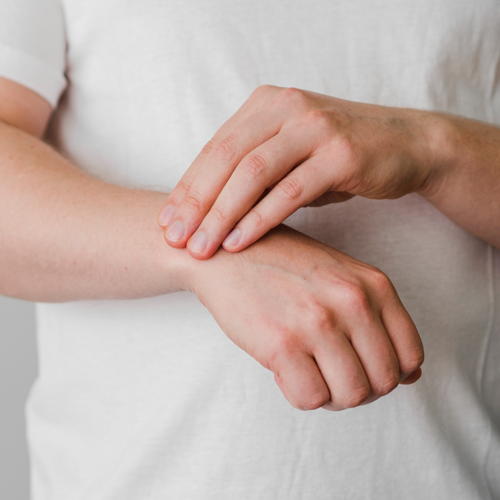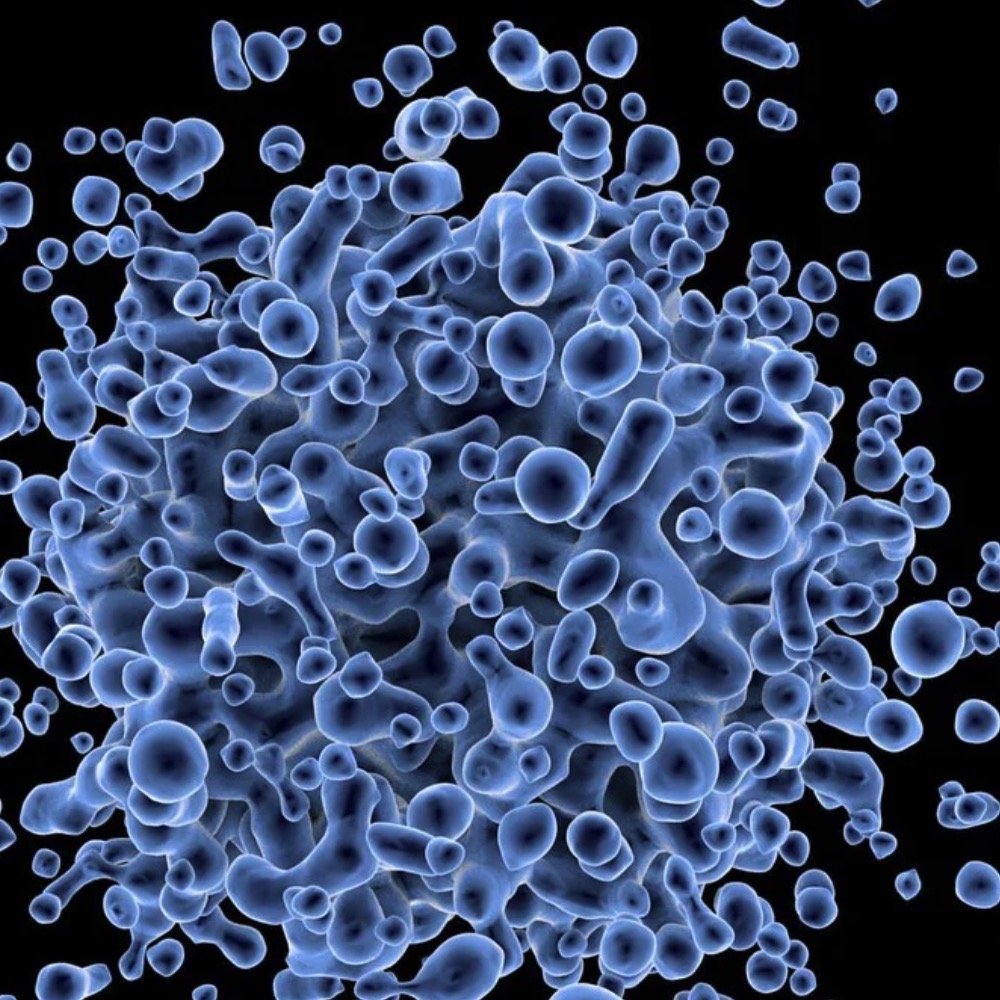The role of leukemia inhibitory factor in autoimmune disorders: insights into recovery and treatment

All claims expressed in this article are solely those of the authors and do not necessarily represent those of their affiliated organizations, or those of the publisher, the editors and the reviewers. Any product that may be evaluated in this article or claim that may be made by its manufacturer is not guaranteed or endorsed by the publisher.
Authors
Objective. Leukemia inhibitory factor (LIF) is a multifunctional cytokine involved in numerous physiological processes, including inflammation and immune response regulation. Recent studies have highlighted its potential role in the pathogenesis and treatment of autoimmune diseases such as rheumatoid arthritis (RA) and multiple sclerosis (MS). This review aims to investigate the role of LIF in various autoimmune disorders and its impact on the recovery and treatment of these diseases.
Methods. A comprehensive literature search was conducted using Google Scholar, PubMed, and Scopus databases. Relevant studies published up to December 2023 were identified using keywords such as “leukemia inhibitory factor”, “autoimmune diseases”, “rheumatoid arthritis” and “multiple sclerosis”.
Results. The literature indicates that LIF has a dual role in autoimmune diseases. In RA, LIF plays an important role in the progression of joint damage by increasing the inflammatory response. In MS, LIF has been shown to promote remyelination and neuroprotection, suggesting its potential as a therapeutic agent. However, the precise mechanisms by which LIF modulates immune responses in these conditions remain incompletely understood.
Conclusions. LIF represents a promising target for treating autoimmune diseases, particularly RA and MS. Further research is required to elucidate its mechanisms of action and develop targeted therapies that can control its beneficial effects while minimizing potential adverse outcomes.
How to Cite

This work is licensed under a Creative Commons Attribution-NonCommercial 4.0 International License.
PAGEPress has chosen to apply the Creative Commons Attribution NonCommercial 4.0 International License (CC BY-NC 4.0) to all manuscripts to be published.










